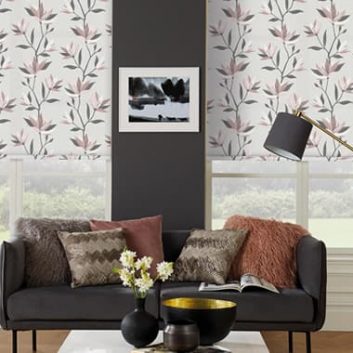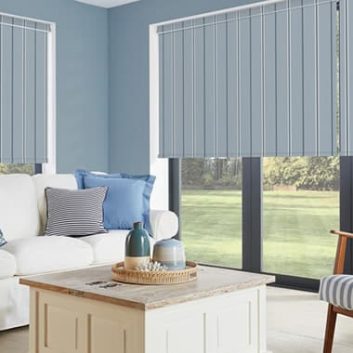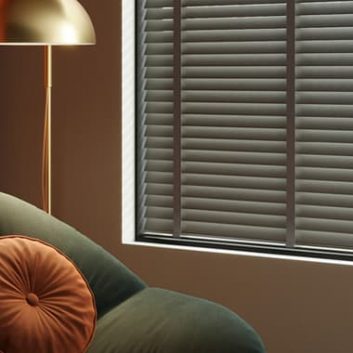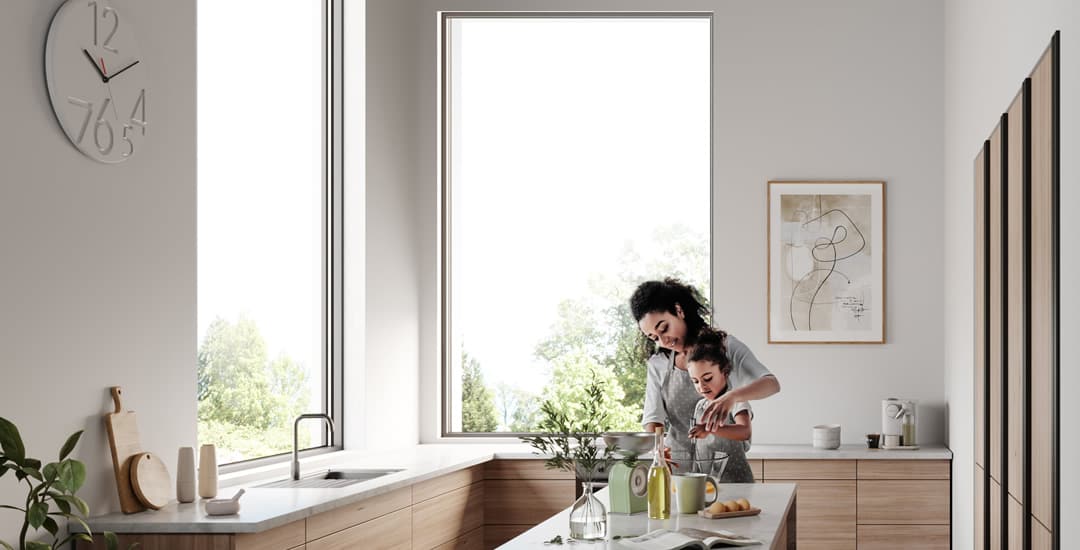
Given how important it is to allow for as much natural light as possible within the home, it is no surprise that window blinds designed to do just this are growing ever-more popular year on year.
Up until now, concealed window blinds and perfect fit blinds were widely considered to be the benchmark; but today’s modern consumer is looking for blinds that go one step further when it comes to minimising the footprint that their blinds take up at the window, and maximising the natural light that they permit to enter the room.
With this in mind, English Blinds is delighted to bring to market an all-new innovation that’s already getting a lot of attention in the USA; I’m talking of course about invisible window blinds.
Read on to learn more about invisible window blinds and their benefits.
- 1. Aren’t invisible window blinds just concealed blinds or perfect fit blinds by a different name?
- 2. What type of blinds are invisible blinds?
- 3. What are the benefits of invisible blinds?
- 4. How do I measure for invisible window blinds?
- 5. Can I order a sample of your invisible blind fabrics before ordering?
- 6. Are invisible blinds expensive?
- 7. Can you get blackout invisible blinds?
- 8. Can you get thermally insulating invisible blinds?
- 9. Where do invisible window blinds originate from?
Aren’t invisible window blinds just concealed blinds or perfect fit blinds by a different name?
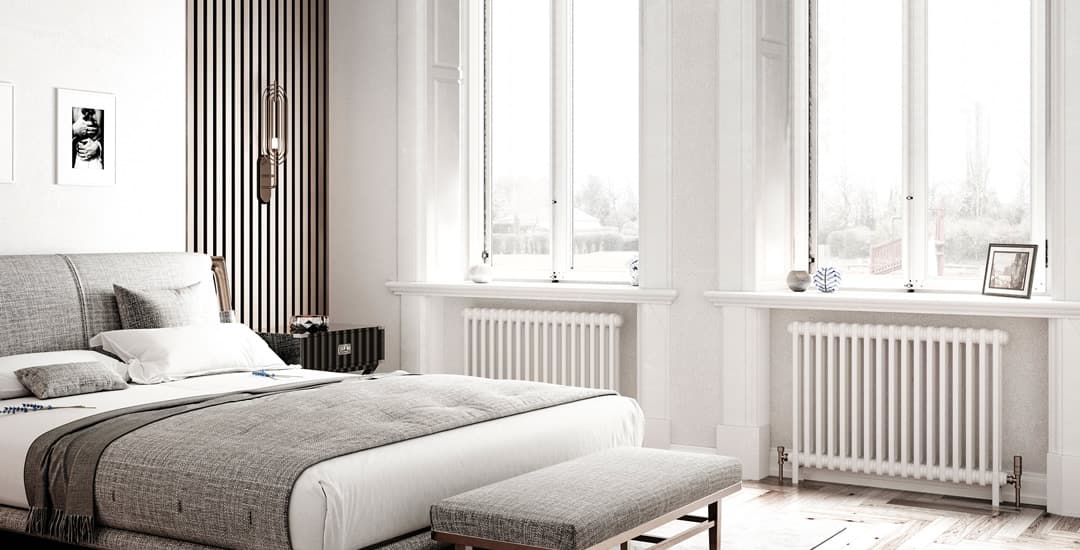
No. Concealed window blinds allow you to enjoy almost all of the available natural light when the blind is open; they achieve this by ensuring that the blind’s footprint doesn’t occlude the glass any more than is absolutely essential. This is usually achieved by means of the blind retracting into the ceiling or window-side recesses, but concealed blinds can still be identified and may still impinge across the glass to a certain degree.
Additionally, concealed window blinds tend to be fairly utilitarian in design, often appearing somewhat industrial-looking (and functioning in many ways like metal shutters).
They can also be somewhat noisy/clattery in operation, and in the case of mechanised concealed blinds, prone to mechanical failure too.
Perfect fit blinds or cellular pleated blinds (another style of concealed blinds) negate many of these issues, but they still take up space at the top or sides of the window glass when open, and need to be fitted to each individual windowpane separately.
Invisible window blinds negate both of these potential pain points; being, visuals that don’t appeal to everyone nor suit every style of room, plus the coverage of at least part of the glass of the window by the blind’s fabric or operating mechanism.
What type of blinds are invisible blinds?
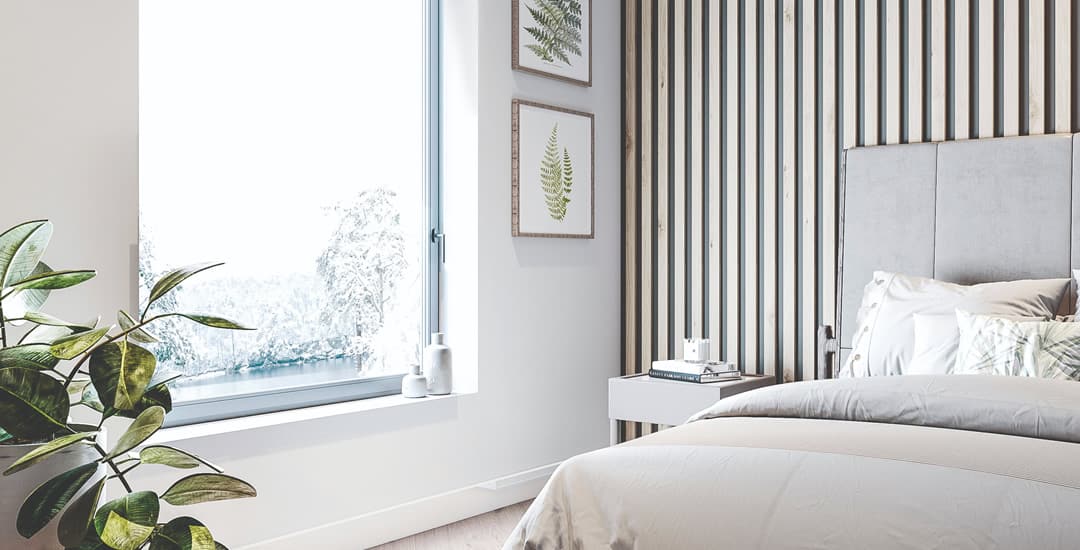
What are invisible blinds then, and how do they work? Firstly, invisible blinds are a sub-type of blinds rather than a type or style in their own right; which means that you can choose to have any type of standard window blind fabricated as an invisible blind instead, by choosing this option from the drop-down list of premium or optional features on any of our product pages.
So far, we’ve manufactured invisible Roman blinds, vertical blinds, and roller blinds very successfully; these latter being the most popular overall, as the sheer range of colours and styles that an invisible roller blind can be made from is limited only by your imagination.
We’re currently working on developing a line of invisible wooden and faux-wood blinds too. However, we’re not quite ready to launch these yet as we’re still dealing with some technical difficulties at the fabrication stages; specifically, we’re finding that the difficulty of seeing and so, cutting the edges of an invisible blind has resulted in a small number of minor workplace accidents (just basic single-finger amputations in the main part) during manufacturing trials.
What are the benefits of invisible blinds?
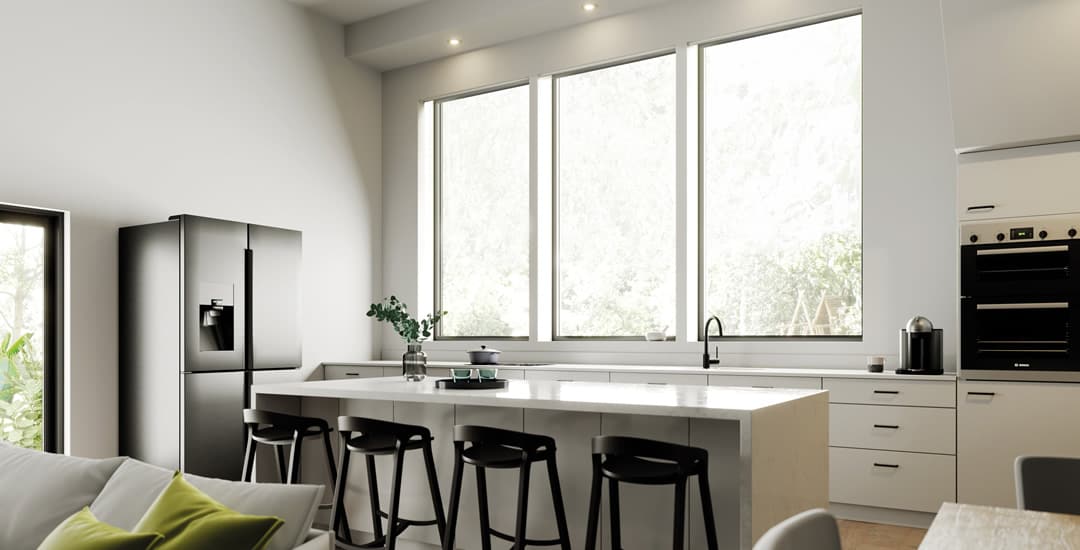
So, what’s good about invisible blinds, and why might you consider choosing them over an alternative/more traditional type of blind?
- Highly cost-effective.
- Perfect for “keeping up with the Jones’s” and allowing everyone to see how fancy your telly is, or that you’re not playing solitaire on your PC during “work from home” periods.
- When accompanied by an empty room or one of our clever “we’ve already been robbed” sliding backdrops, invisible blinds serve as an effective deterrent to burglars by demonstrating to them that you have absolutely nothing to hide, and absolutely nothing worth nicking.
- Fully waterproof; they won’t absorb water, nor mark or stain, making them suitable for any room of the home.
- They won’t become imbued by cooking smells in the kitchen.
- Invisible blinds are even suitable for bathrooms; just ensure that you stay dressed when bathing/showering, and even this isn’t strictly necessary if your bathroom windows are frosted or if your bathroom is not overlooked.
- Minimal environmental impact; all materials ethically sourced, and invisible blinds even go beyond the goal of being carbon neutral to being proactively climate-positive in terms of their emissions.
- Allow you to retain 100% of the natural light with absolutely no fixtures, fittings, or fabrics occluding the glass of your window when the blind is open.
- Available in a wider range of fabrics, patterns, colours, and finishes than any other type of blind; in fact, if you’ve seen a blind you like from another manufacturer (or even a fabric you like in another context) we can make your blinds from this, even if it’s not a material we hold in stock or if it’s say, a licenced or copyrighted product.
- You never need to worry about forgetting to open/close them.
- Incredibly straightforward to hang yourself, even if you have no DIY experience or tools.
- Extremely fast turnaround time from ordering to delivery.
- Absolutely zero maintenance required.
- Self-cleaning.
- Extremely hardwearing, impossible to damage in normal usage; developed to achieve a usable lifespan of over 50 years of normal usage, backed up by our 100% money back guarantee.
- Finally, invisible blinds represent the highest possible benchmark of child safety when it comes to window dressings.
How do I measure for invisible window blinds?
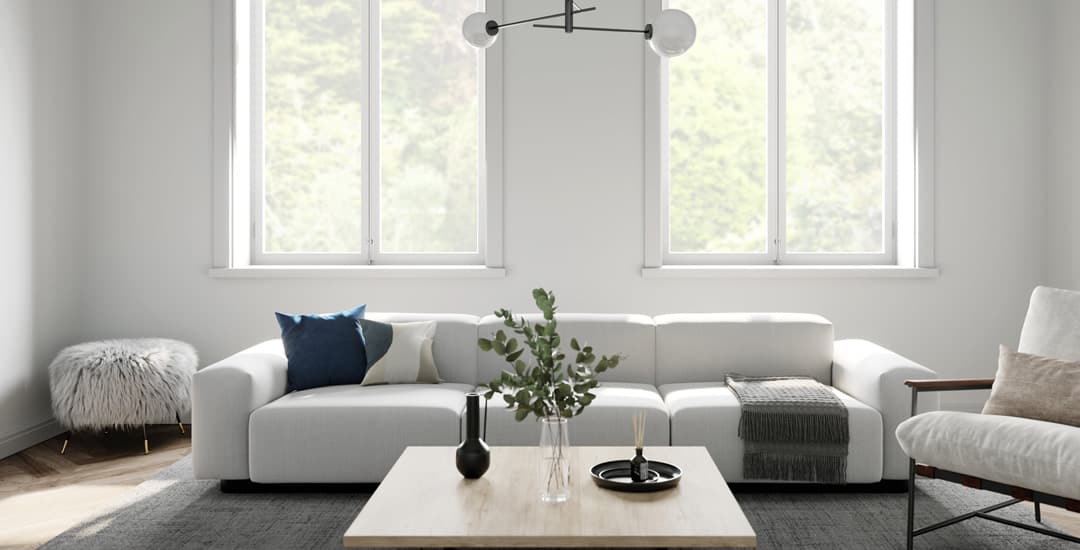
As is the case for any type of window blinds, it’s really important to measure up accurately before you order, to ensure the perfect fit and that your invisible blinds function as intended.
First of all you need to decide if you’d like your invisible blinds to hang inside of the window recess, or over it; I suggest measuring up with an added margin of 10cm on all four sides if hanging over the recess, to ensure total coverage when the blind is closed.
You can find more information on how to measure up for blinds on this page of our website, and if you run into any particular challenges when measuring up for invisible window blinds, please drop me a line and I can walk you through it to ensure you get things right first time, as we don’t accept returns due to the bespoke nature of all of our made-to-measure invisible blinds.
Can I order a sample of your invisible blind fabrics before ordering?
Yes, it’s entirely understandable that you’d want to see what you’re buying before you commit to a purchase, and we are happy to offer free samples of the materials of every type of window blind we offer, including invisible blinds.
You can select a free fabric sample using this option on each of our product pages; just add these to your basket and check out. Even if you have no other items in your basket, all of our fabric samples of both invisible and visible materials are completely free of change, and we don’t charge anything for postage either.
Are invisible blinds expensive?

This depends to an extent on the size of your windows and the type of blind and fabrics you choose for your invisible blinds; but overall, invisible blinds are extremely cost-effective.
As a rule, like-for-like, invisible blinds tend to cost even less than regular roller blinds, which are the lowest cost option of non-invisible or traditional window blinds styles.
Additionally, we’re also more than happy to accept payment in both invisible money and bouncing cheques (not that anyone really has a cheque book anymore in my experience).
Can you get blackout invisible blinds?
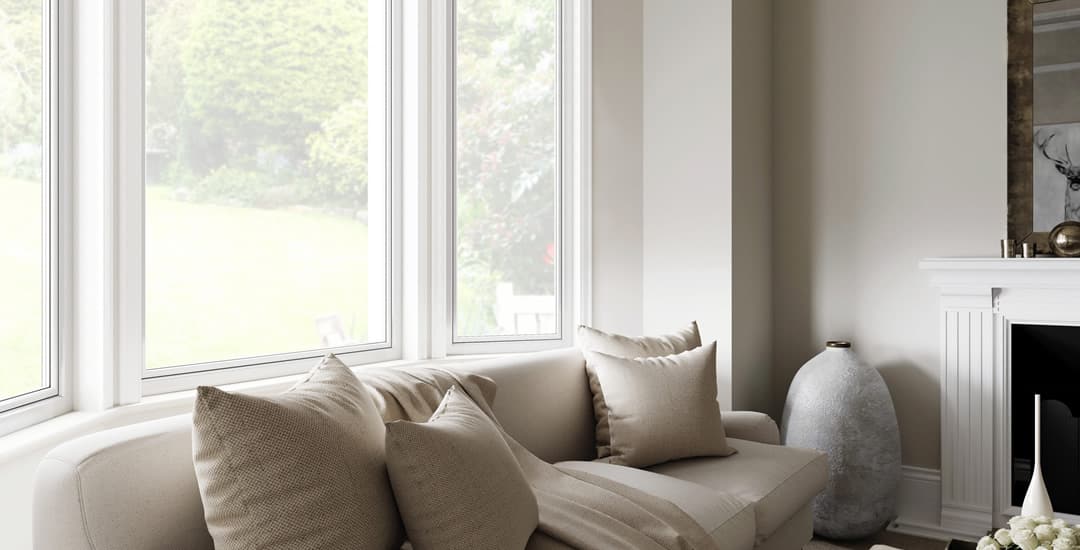
Unfortunately not at this time; we’re working on designing invisible blackout blinds, but have yet to produce a variant that we’re confident in bringing to market. That said, you can emulate a near-blackout effect for much of the night using invisible blinds by simply ensuring that it’s totally dark outside before you go to bed; you might want to consider moving to a rural area to achieve this.
Can you get thermally insulating invisible blinds?
Again, this is something that we’ve yet to really square away to our satisfaction, but when the weather is hot our invisible blinds do a good job of ensuing your rooms are warm enough even without having any technically thermally insulating properties of their own.
Where do invisible window blinds originate from?
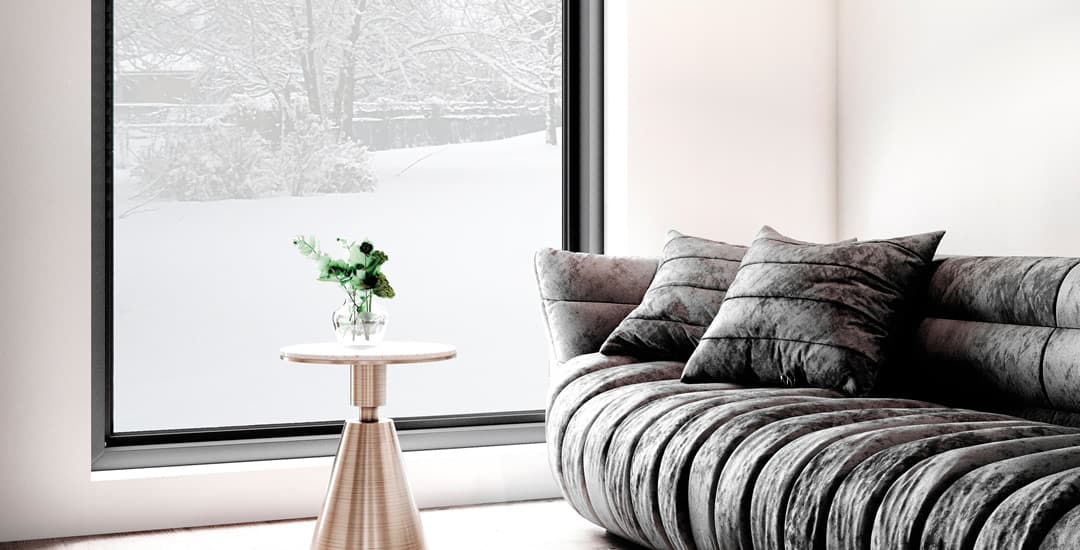
Whilst invisible window blinds are new to the UK market, they’ve actually been around in the USA for about 18 months now.
Across the pond, they’re fast gaining traction as a lower cost and more effective alternative to concealed blinds and perfect fit blinds, and also all of the usual variants of light filtering blinds like verticals, Venetians, and day and night blinds.
In fact, English Blinds is the only authorised developer, manufacturer, and retailer of officially branded Invisible Window Blinds™, and our R&D team worked closely with American window dressings giant Figmental Drapes Inc. during the design and development stages, which is why we’re the only authorised retailer of invisible window blinds in the UK.
Our invisible blinds are made right here at our Solihull head office and workshop, which is just south of Birmingham; and if you come by during the daytime, you’ll be able to see them on full display at every window of our building that isn’t covered instead by a visible or traditionally styled blind.
Please direct any press or distributor enquiries about invisible window blinds in the UK directly to Polly Kay of English Blinds.


